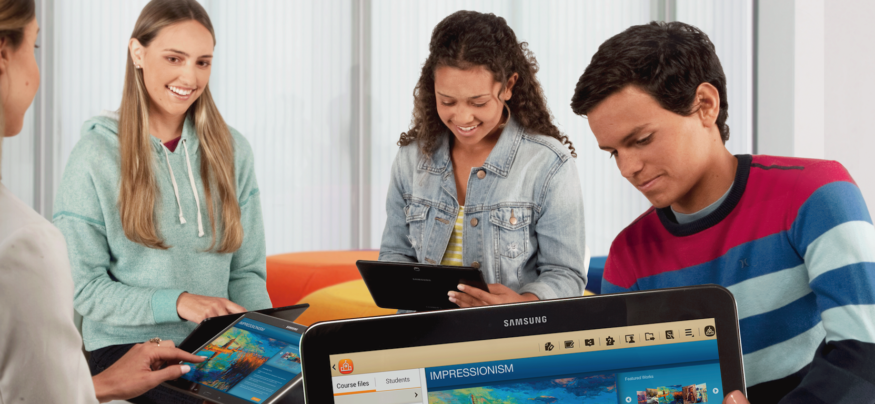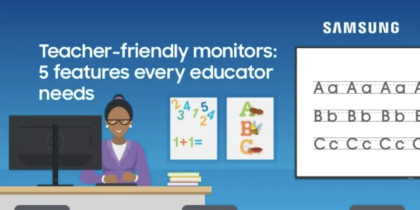In K-12 educational environments, one-to-one computing opens up a new world of learning for students. Empowered by technology, students can do research, watch videos and collaborate on projects with other students in real time. As districts around the country continue to announce new one-to-one computing programs, many are taking advantage of new lower-cost technologies, such as tablets and Chromebooks.
Though classroom technology comes with tremendous advantages for education, one-to-one solutions can also introduce a new set of classroom management challenges for teachers. Personal computing devices make it easier for students to become distracted during a lecture, and without the right management platform they are virtually impossible for a teacher to control. How, then, can a teacher ensure that all students are using classroom devices for their intended, educational purpose?
Benefits of Implementing Classroom Technology Management
In many cases, the solution is advanced classroom management tools, which make it possible for teachers to monitor students’ screens, prevent unwanted applications from running and, most importantly, keep students on track and engaged with learning.
Real-time interactive management tools, such as those offered by Samsung School, can help put your teachers’ minds at ease. It allows students to access the wealth of educational information that is available online, and gives teachers full control over when and how their students use the technology.
Lexington County School District Two in South Carolina is in the middle of a phased rollout of Samsung School. They started the project in November 2014 with seven schools, and since then they have assigned Samsung Galaxy Tab® 4 Education tablets to 4,400 students. When the deployment is complete, the school district projects that it will have given tablets to 8,400 students in pre-K to grade 12.
Robert Burggraaf, one of the district’s instructional technology coaches, says teachers report that one of their favorite features of Samsung School is the screen monitoring. When a teacher is working with a small group, they can use screen monitoring to make sure the other students are on-task without shifting their focus from the group they are instructing. And, they can reinforce positive behavior by sending reward stamps and easily address off-task behaviors by locking that student’s screen.
Teachers using Samsung School also report that having the ability to turn on and off access to specific applications, depending on the situation, enables them to provide the appropriate resources to students. Before deploying Samsung School, says Burggraaf, students constantly asked their teachers if they could use a particular technology tool when they finished their other work. Now, teachers can easily enable and disable applications on their students’ tablets, and students have learned to look and see if the tool they want to use is enabled before asking.
Preparing Teachers to Use Classroom Technology Management
Preparation was absolutely critical in ensuring that the district’s teachers were comfortable with their ability to manage a classroom filled with students using tablets. According to Burggraaf, it was important for teachers to understand that the technology is “no different than a textbook, or a pencil or anything else” students might use to learn.
To help cement this philosophy for teachers, the district spent much of their effort training the district’s teachers on how to use the new classroom technology. Rather than providing one training session to the entire district, the instructional technology coaches in Lexington trained a group of teachers, who, in turn, trained their peers. This ensured that every teacher has someone in their building whom they can use as a resource for review and help when needed.
The other important aspect of the rollout was testing the tablets and preloading any necessary software before giving them to students and teachers. Teachers must be confident that the devices and the management tools they’ve been trained on work as expected.
Learn about more educational technology solutions from Samsung that can help empower your students.







